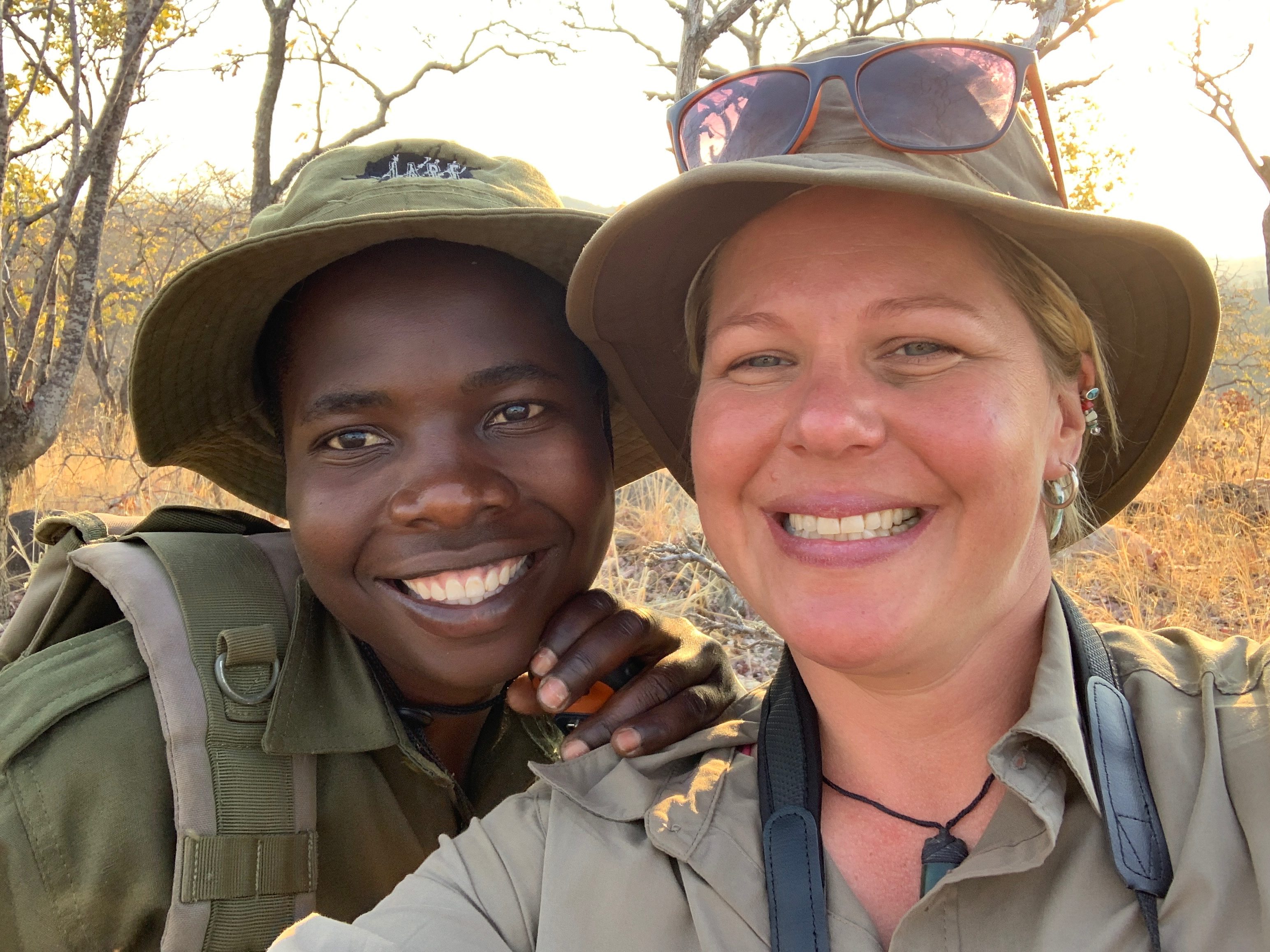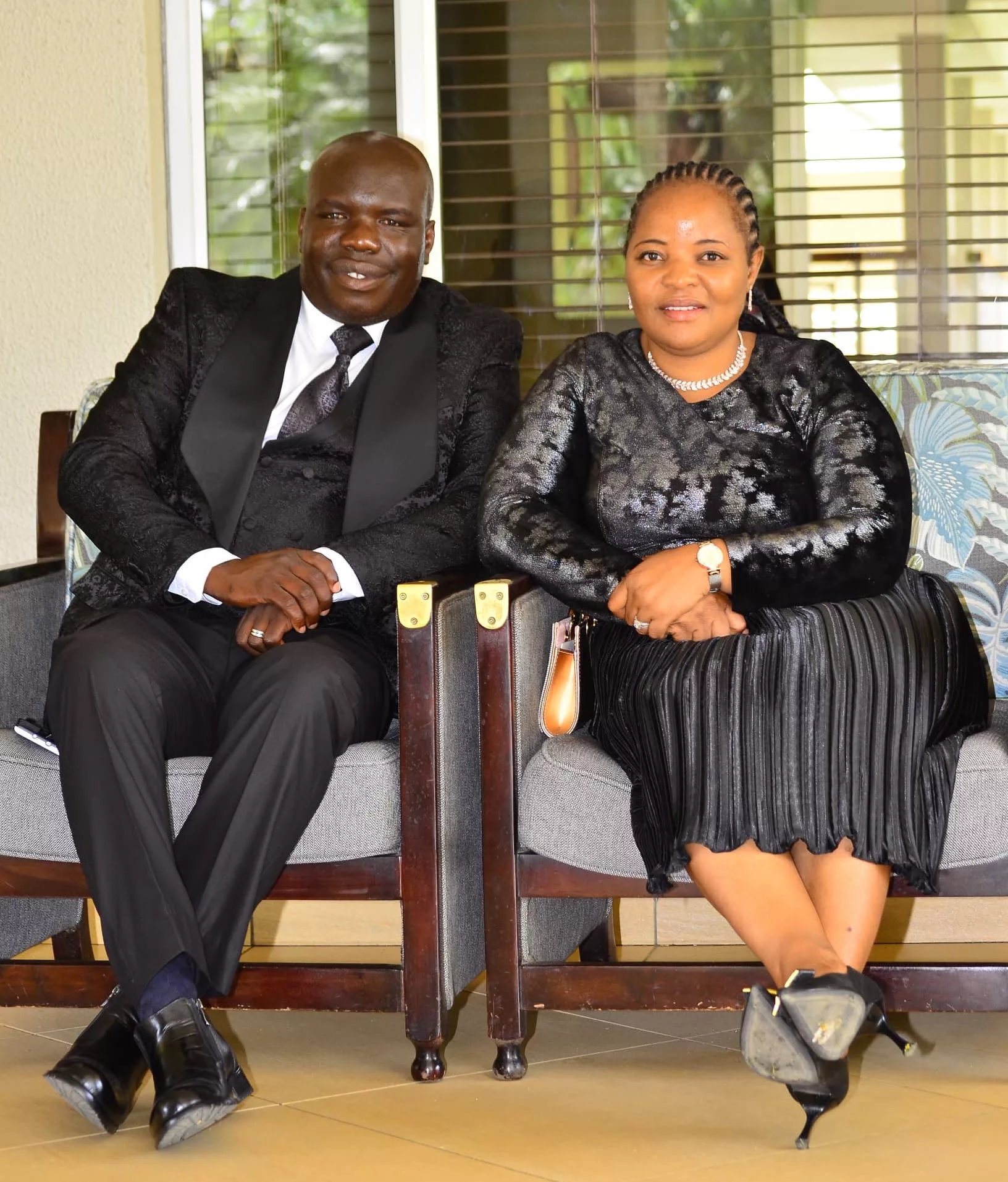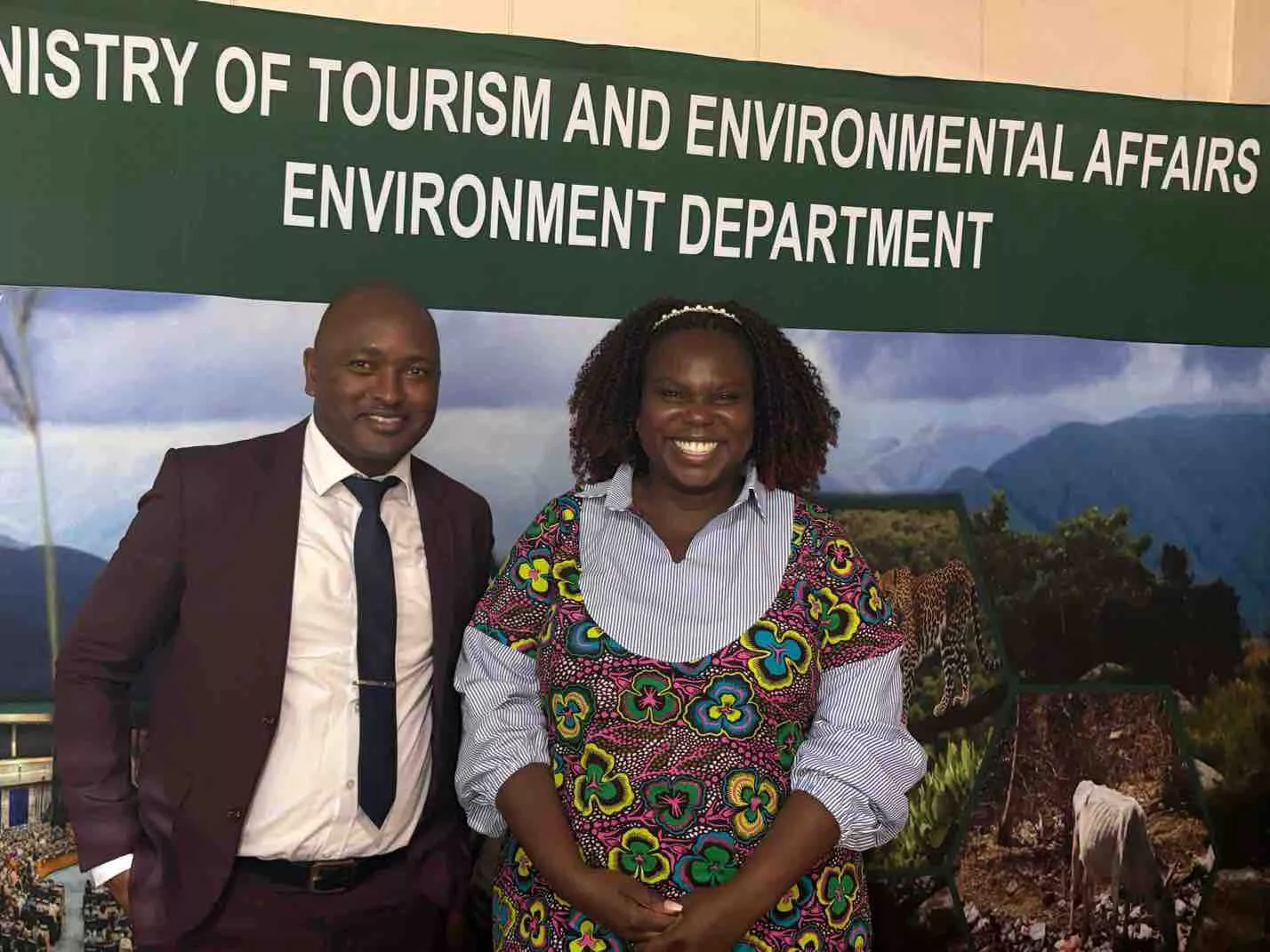Holly Budge has been in Zimbabwe for the past two weeks where she has immersed herself on the frontline with Akashinga, a fully armed, all-female, anti-poaching team who operate in the Zambezi Valley. Budge is no stranger to the front line having spent several weeks last year with The Black Mambas in South Africa, who are armed with only pepper spray and handcuffs. She is interested to make a comparative analysis between the two female teams, both making a tremendous impact “on the ground” in Africa.
Budge is the founder of How Many Elephants. The charity has a simple mission: Stop the poaching of African elephants. Simple, but critical. Because every day, 96 elephants are killed for their ivory. That’s 35,000+ of these magnificent, gentle, intelligent animals a year. That’s ten years to extinction.
Budge will spend three weeks in Zimbabwe and has already visited conservation initiatives, including National Park Rescue in Chizarira National Park, to see, first-hand, where the funds she is raising are being spent and the impact they are making. National Park Rescue work closely with Zimbabwe Parks.
She spoke as a guest speaker and exhibitor at the Sanganai World Tourism Expo in Harare, organised by the Zimbabwe Tourism Association. Budge is being hosted for two nights at Somalisa in Hwange National Park, courtesy of African Bush Camps, and is working closely with Africa Conservation Travel throughout her trip.
Budge uses her world record adventures, including being the first woman to skydive Everest to speak about environmental issues and raise charitable funds. To date, she has fundraised over £300K. Her hard-hitting How Many Elephants Exhibition uses design as a powerful communication tool to bridge the gap between scientific data and human connection, showcasing 35,000 elephant silhouettes to visually show the poaching data and the sheer scale of the crisis.
“Part of the originality of my exhibition is in my approach to avoid gruesome and shocking imagery to portray the facts. To actually see and connect with this data visually is very impactful” says Budge.
The thought of the African savannah devoid of elephants is heart-breaking enough but putting emotion aside, the impacts of losing these animals will be of extreme detriment to the environment and beyond; If the elephants go extinct, entire ecosystems could follow as they are a keystone species and important ecosystem engineers.
Recently at CITES’ World Wildlife Conference in Geneva, Switzerland, they have said “we [humans] depend on biodiversity. It is not just an environmental issue.” Education and awareness are the key to changing attitudes and behaviour towards ivory and try and bring a halt to this devastating trade.
Calling all conservationists, scientists, politicians, educators, storytellers, adventurers and change makers, who dare to say, “I can make a difference in the world”, it’s time to stand up for elephants, before it is too late.
About How Many Elephants:
How Many Elephants is a powerful design-led campaign, inspiring and educating a global audience about the devastating impacts of the African elephant ivory trade. Holly Budge founded How Many Elephants whilst studying for a masters in Sustainable Design in 2014. The How Many Elephants Campaign is highly impactful and will be showcased in China in the coming months.
For more information on this campaign, visit www.howmanyelephants.org and www.hollybudge.com
#howmanyelephants #onezimbabwe






